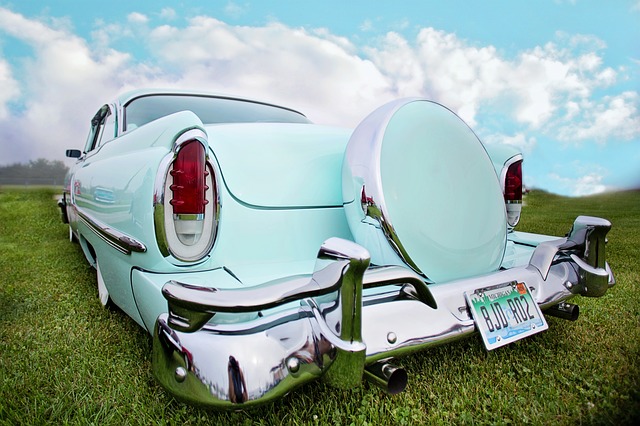Introduction
Installing a bike rack on an SUV can greatly enhance your outdoor adventures by providing a convenient way to transport your bikes. Whether you’re planning a weekend getaway or simply enjoy cycling in different locations, a bike rack allows you to bring your bikes along without taking up valuable space inside the vehicle. In this article, we will guide you through the process of installing a bike rack on an SUV, ensuring a safe and secure attachment for your bikes.
Choosing the Right Bike Rack
Before diving into the installation process, it’s essential to select the right bike rack for your SUV. There are various types of bike racks available, including roof-mounted racks, hitch-mounted racks, and trunk-mounted racks. Each type has its advantages and considerations, so it’s important to assess your needs and preferences.
Roof-mounted racks: These racks are installed on the roof of your SUV and are ideal for carrying multiple bikes. They offer easy access to the trunk and don’t obstruct rearview visibility. However, they may require additional equipment, such as crossbars, and can increase the overall height of your vehicle.
Hitch-mounted racks: These racks attach to the hitch receiver on the rear of your SUV. They are easy to install and provide a stable and secure platform for your bikes. Keep in mind that hitch-mounted racks may limit access to the trunk, and you’ll need to ensure your SUV has a compatible hitch receiver.
Trunk-mounted racks: These racks are attached to the trunk or hatch of your SUV using straps and hooks. They are generally more affordable and versatile, fitting a wide range of vehicles. However, they may obstruct rear visibility and require extra caution when accessing the trunk.
Installation Steps
Once you have chosen the appropriate bike rack for your SUV, follow these general steps for installation:
Step 1: Read the instructions: Before starting the installation process, carefully read the manufacturer’s instructions provided with the bike rack. Familiarize yourself with the components, tools required, and any specific guidelines or precautions.
Step 2: Prepare the vehicle: Clean the area where the bike rack will be installed, ensuring there is no dirt or debris that could affect the attachment. If necessary, remove any existing accessories or covers that may interfere with the installation process.
Step 3: Assemble the bike rack: Follow the manufacturer’s instructions to assemble the bike rack according to the provided guidelines. Ensure all parts are securely fastened and tightened.
Step 4: Attach the bike rack: Depending on the type of bike rack, follow the specific instructions for attachment. For roof-mounted racks, install any necessary crossbars and attach the rack securely to the roof rails. For hitch-mounted racks, insert the rack into the hitch receiver and secure it using the provided bolts or pins. Trunk-mounted racks should be hooked and strapped onto the trunk or hatch, ensuring a tight and stable fit.
Step 5: Test the installation: Once the bike rack is attached, test its stability by gently shaking or wiggling it. Ensure all straps, hooks, or bolts are securely fastened. Check that the rack does not interfere with any vehicle components, such as lights or the exhaust system.
Conclusion
Installing a bike rack on your SUV opens up a world of possibilities for outdoor adventures. By carefully selecting the right bike rack and following the manufacturer’s instructions, you can ensure a safe and secure attachment for your bikes. Remember to consider your specific needs and preferences when choosing between roof-mounted, hitch-mounted, or trunk-mounted racks. With a properly installed bike rack, you can enjoy the freedom of cycling in various locations without worrying about transportation logistics.
References
– www.consumerreports.org
– www.rei.com
– www.etrailer.com












